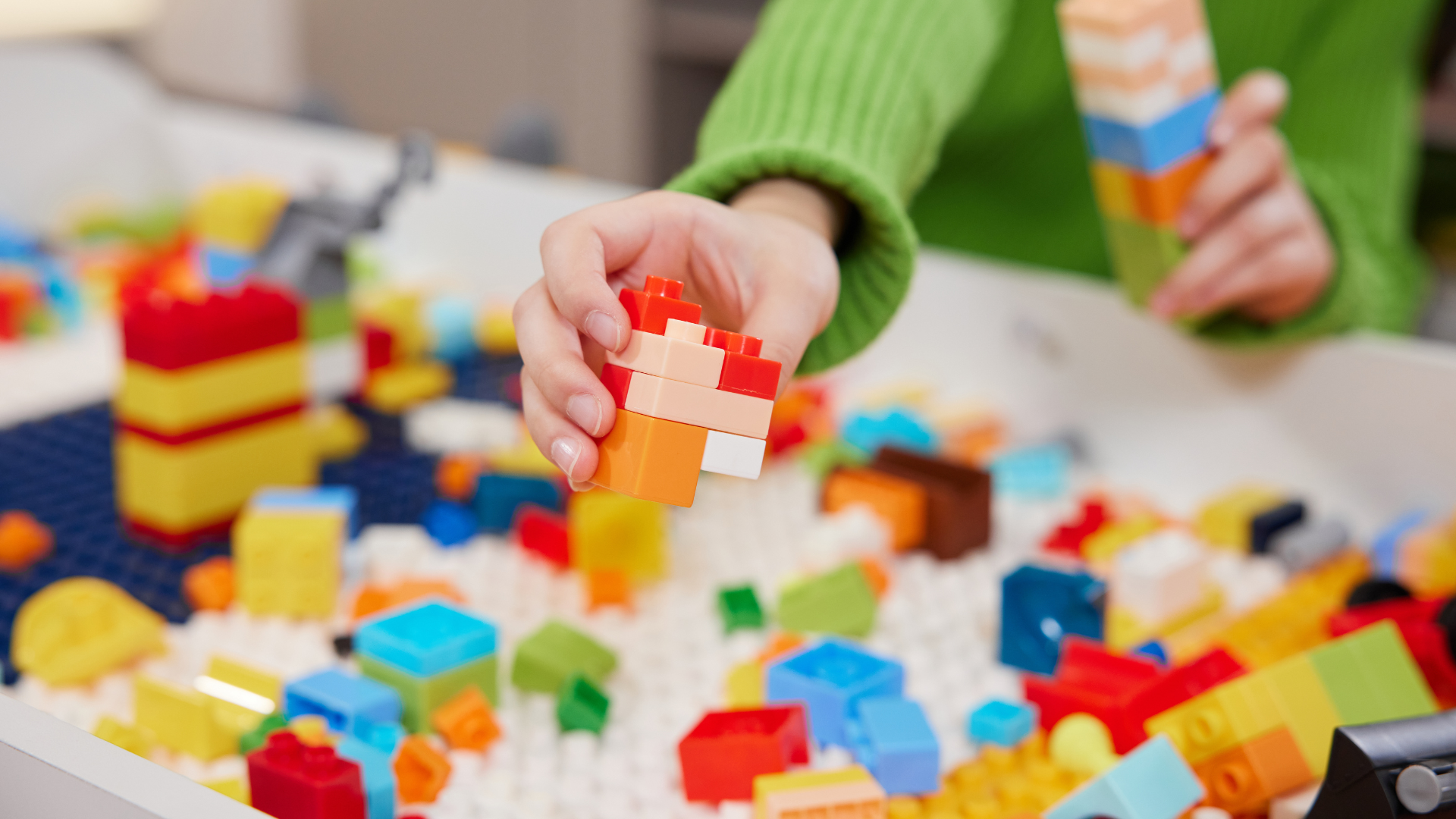Unravelling Bias: How Gender Stereotyping in STEM Starts Early

In the world of Science, Technology, Engineering, and Mathematics (STEM), the battle against gender stereotypes is an ongoing struggle. Women currently represent just 26% of the STEM workforce, and progress is slow, with estimates suggesting it may take more than 100 years to reach gender equity in STEM.
How can we change this?
At STEM Women we work with employers who recognise the need for equality in STEM workforces. We connect them to our student and graduate community, broadening aspirations, strengthening professional networks and showcasing female role models in STEM. But biases against women in STEM begin long before female graduates enter the workforce. Aspirations and expectations for the future are shaped in early childhood, through a mix of subtle cues and overt societal expectations. The consequences of this can be far-reaching, limiting diversity and hindering innovation in key areas such as health and technology.

The Early Roots
Research has shown that gender stereotypes begin to be formed as early as three or four years of age. Studies reveal that by age six, girls are already less likely than boys to associate their own sex with brilliance or genius. Girls also demonstrate gender-stereotyped beliefs about who can be employed in certain occupations. At the same age, boys are more likely to accept information given to them by a man than they are a woman.
Toys and Media Influence
Toys and media marketed towards children can have a considerable impact on gender stereotyping. Studies have shown that playing with hyper-feminised toys can impact girls’ attitudes, making them more focussed on appearances. There have also been cases of retailers labelling certain toys as “for boys”, such as construction sets. This can reinforce traditional gender roles and expectations, perpetuating the myth that STEM fields are primarily masculine domains.
Likewise, media representations of scientists and engineers can further reinforce stereotypes. Whilst we have gradually seen more visibility of female STEM role models in the media, progress in this area is recent and it has traditionally been harder for girls to envision themselves pursuing careers in these fields.

Educational Biases
Even within educational settings, gender biases persist, with different expectations for girls than for boys. Research has shown that teachers tend to praise boys for their innate abilities, while girls receive more feedback related to effort and diligence. This can lead to girls internalising the belief that success in STEM is based on innate talent rather than hard work, discouraging them from persisting in these fields. The view that girls are ‘more caring’ and therefore more suited to roles such as nursing, childcare, and teaching, can also have a lasting impact for both sexes.
The Ripple Effect
The consequences of early gender stereotyping in STEM are profound. As children grow, these biases shape their educational choices, career aspirations, and ultimately, representation in the STEM workforce. The underrepresentation of women in STEM fields not only perpetuates gender inequality but also stifles innovation and progress by limiting the diversity of perspectives and approaches.

Breaking the Cycle
Addressing gender stereotyping in STEM requires a multifaceted approach. Parents, educators, toy manufacturers, and media creators all play a crucial role in challenging traditional gender norms and promoting inclusivity. By providing children with diverse role models and encouraging curiosity we can begin to dismantle the barriers that hinder girls’ participation in STEM, leading to more female STEM students and graduates, and ultimately, greater representation in the STEM workforce.
